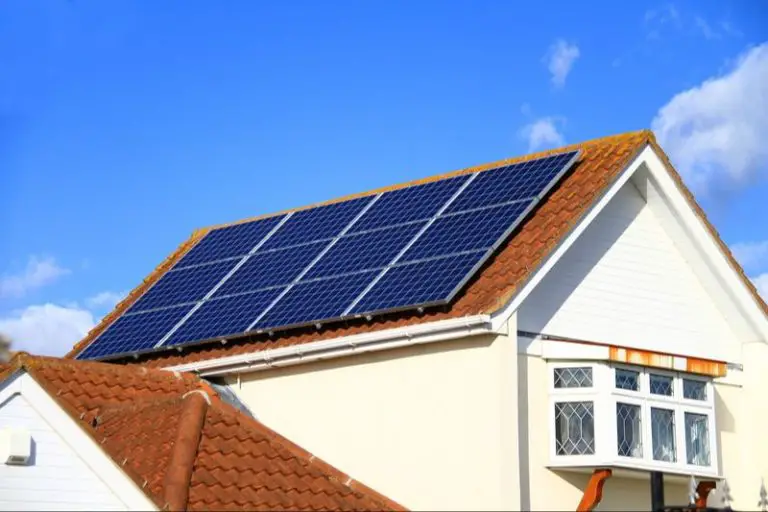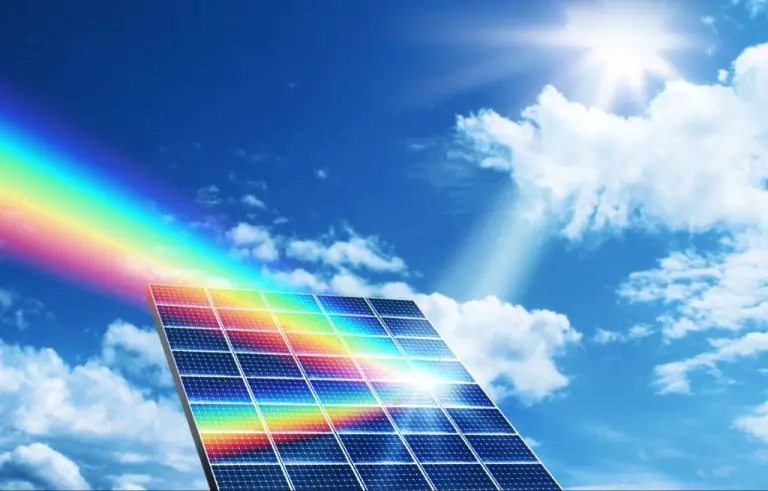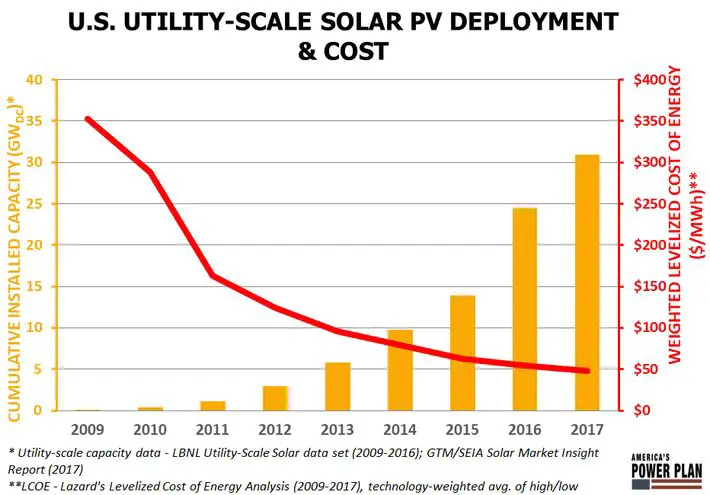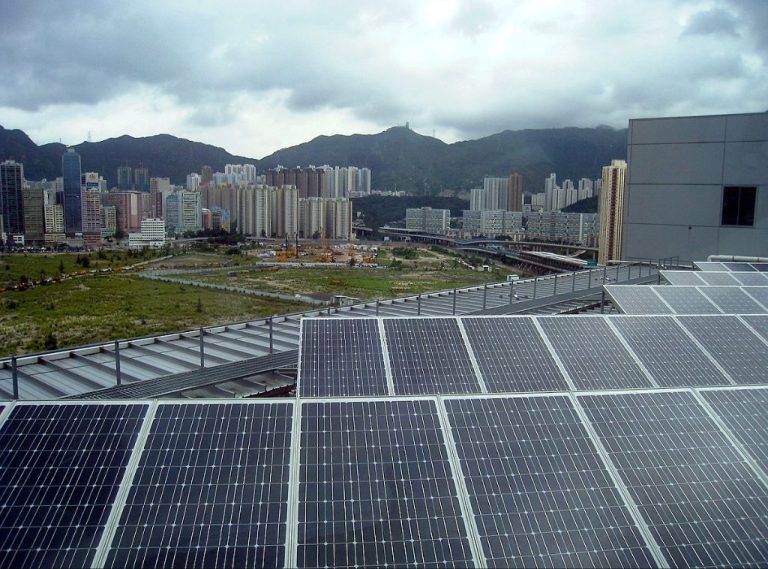Can You Run An Electric Water Heater On Solar Power?
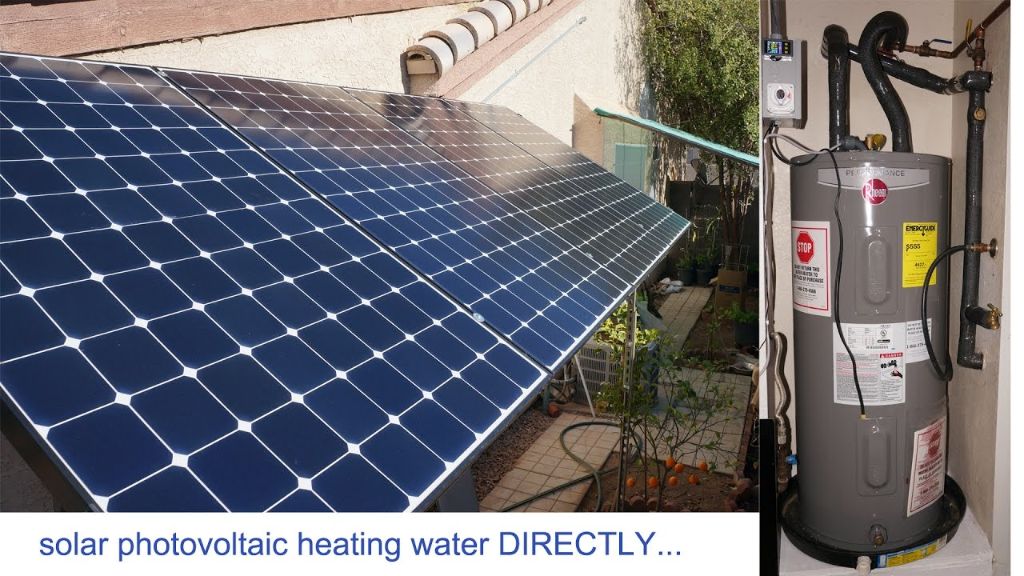
With electricity prices continuing to rise, many homeowners are looking for ways to save on energy costs. One area where savings can be significant is heating water, which accounts for about 18% of a home’s energy use according to the U.S. Energy Information Administration. Running a water heater on solar power offers an opportunity to dramatically reduce or even eliminate this expense while also lowering your environmental impact.
Solar water heating makes use of renewable energy from the sun to heat water, either for domestic use or to heat pools and hot tubs. This allows homeowners to save money each month on their electricity bill. In addition, relying more on clean solar energy reduces fossil fuel consumption from the electric grid, which helps reduce greenhouse gas emissions.
This article will explore if and how an electric water heater can effectively be run using solar power. We’ll look at sizing considerations, system components needed, installation requirements, cost savings, maintenance needs, and other factors to weigh when deciding if solar water heating is right for your home.
How Electric Water Heaters Work
Electric water heaters heat water using electric heating elements submerged in an insulated tank. The elements generate heat when electrical current passes through them, similar to the heating coils in an electric stove. The heated water is then stored in the tank ready for use.
Electric water heaters have a storage tank that can hold 20-80 gallons of water. The heating elements heat the water in the tank and keep it at a set temperature. This allows hot water to be available on demand whenever a hot water tap is opened. The tank is insulated to minimize standby heat losses.
Thermostats control the temperature of the water inside the storage tank. When the water temperature drops below the thermostat setting, the heating elements turn on to reheat the water. Once the set temperature is reached, the elements turn off again. This maintains the water at a constant ready temperature.
Sizing a Solar Power System
Properly sizing a solar power system for an electric water heater is crucial to ensure it can sufficiently meet hot water demands throughout the year. The key factors to consider when sizing the system are:
- Calculate hot water usage – Estimate the home’s peak hot water requirements based on number of occupants, fixtures, usage habits, etc. Generally plan for 20-30 gallons per person per day as a starting point (1).
- Determine power needs – Size the solar collector array to provide enough power for at least 90-100% of peak demand on a clear day. Account for the power draw of the electric heating elements (often 4.5 kW or more for a typical household unit).
- Allow for extra capacity – Add at least 10-20% more collector capacity than peak needs to account for lower solar intensity in winter and non-optimal tilt angles (2).
Proper sizing will ensure the system can consistently meet hot water needs without having to rely on the electric heating elements as backup. Oversizing the array results in higher upfront costs while undersizing leads to insufficient hot water. Most solar contractors use detailed calculations and modeling to right-size the system.
(1) Sizing a New Water Heater (2) Sizing A Solar Array – Solar Hot Water System Sizing Guide
Solar Power System Components
The main components of a solar power system for an electric water heater are:
Solar Panels
Solar panels, also known as photovoltaic (PV) panels, absorb sunlight and convert it into electricity. Most residential solar panels are made of silicon cells and rated in watts. Multiple solar panels are wired together in an array to produce the desired wattage.
Inverter
An inverter converts the DC electricity from the solar panels into AC electricity that can power AC appliances like an electric water heater. Inverters come in different wattages to match the solar array.
Batteries
Batteries store excess electricity generated during the day for use at night or on cloudy days. Deep cycle lead-acid batteries are commonly used in solar power systems. Lithium-ion batteries are a lighter but more expensive option.
Racks/Mounting
Racks securely mount the solar panels, usually on the roof. The angle can be adjusted for optimal sun exposure. Rooftop, ground, and pole mounts are common mounting options.
Wiring
Electrical wires connect all the solar system components. Proper wire gauge and insulation are important for efficiency and safety.
Monitoring
Monitoring systems track solar power production and consumption. Smart meters and apps help monitor the system and identify any issues.
Installing the Solar Power System
Installing a solar power system to run your electric water heater takes careful planning and should be done by licensed professionals. Proper permits are required, which vary by location. According to Solar Panel Installation Process on Solar.com, “If your city requires permits for electrical or construction work, your solar company will usually pull the permits for you.” Hiring a reputable solar installer is highly recommended to ensure the system is properly connected and meets all local codes.
The system will need to be sized to produce enough power to run the electric water heater. The solar panels are mounted, usually on the roof, and connected to an inverter that converts the DC power into usable AC power. Underground electrical conduit carries the power lines to the location of the water heater. According to The Solar Panel Installation Process on Palmetto’s website, the solar power lines are connected to the electric water heater during the install process to integrate it into the new solar powered system.
Operating Cost Savings
Transitioning to a solar-powered electric water heater can provide significant cost savings over time. According to the U.S. Department of Energy, the annual operating costs for a solar water heating system averages around $300 compared to over $400 for a conventional electric water heater (Estimating the Cost and Energy Efficiency of a Solar Water Heater). Most households spend 10-25% of their energy bills on water heating, so solar can eliminate a sizable portion of your electricity usage.
There are also tax credits and rebates available for installing a solar water heating system. The federal solar tax credit allows you to deduct 26% of the cost of installing a solar water heater from your taxes. Many local utility companies and municipalities also offer rebates to further reduce upfront costs (ENERGY STAR). With incentives, the payback period for a solar water heater averages 3-7 years.
Going solar for water heating provides long-term savings compared to electric heaters. After recovering your initial investment, the free energy from the sun will continue benefiting your utility bills for the 20-30 year lifespan of the system.
Maintenance Requirements
Proper maintenance is crucial for ensuring an electric water heater powered by a solar system continues operating efficiently for years to come. There are three key maintenance tasks:
Keeping the solar panels clean – Solar panels can accumulate dust, dirt, pollen, and other debris over time that will diminish their ability to collect sunlight. It’s recommended to clean off solar panels at least two times per year. Use a soft brush and gentle cleanser like dish soap and water to remove buildup from the panels.
Checking the batteries – Solar powered systems rely on batteries to store energy for use when the sun isn’t shining. These batteries require maintenance too. Check battery connections are secure, look for any corrosion, and make sure fluid levels are adequate in wet cell batteries. Testing battery voltages periodically will identify any issues.
Monitoring overall system performance – Keep an eye on daily power generation to make sure the solar system is performing as expected. Modern equipment can monitor and log performance data to help spot any decreases in productivity that may indicate maintenance is needed. Annual inspections by a solar professional are also a good idea.
Weather Considerations
The amount of sunlight an area receives can significantly impact the viability and efficiency of a solar-powered electric water heater system. According to the Global Solar Atlas, solar irradiance levels vary widely based on geographic location. Areas near the equator generally receive more consistent, abundant sunlight compared to higher latitude locations. Solar panels produce the most electricity on sunny, cloudless days.
There are also seasonal variations in solar intensity. In the summer months, days are longer providing more sunlight hours for solar power generation. The winter brings fewer daylight hours and potentially more cloud cover, reducing solar panel output. Homeowners may need to adjust their power usage habits and schedules based on these seasonal fluctuations. Battery storage systems can help capture surplus solar energy in the summer to use during the shorter winter days.
Battery backup systems are an important component for off-grid solar installations not connected to the electric grid. They allow excess solar energy to be stored for use at night or during extended cloudy periods. With ample battery capacity, an electric water heater can remain fully operational even during multi-day stretches of inclement weather. Properly sizing the solar array and batteries for the local climate helps ensure consistent performance year-round.
Environmental Benefits
Using solar power to run an electric water heater has several environmental benefits compared to conventional energy sources like natural gas or electricity from the grid.
First, solar power helps reduce a household’s carbon footprint. Solar panels generate clean, renewable electricity without emitting greenhouse gases like carbon dioxide that contribute to climate change. According to the U.S. Department of Energy, solar energy has an important role in reducing emissions and mitigating climate change (source).
Second, solar energy is a clean, sustainable energy source. Solar power does not generate air or water pollution, waste, or noise pollution like fossil fuels. Relying more on renewable solar power and less on finite resources like coal and natural gas promotes sustainability.
Lastly, using solar power promotes energy independence and security. Producing your own electricity from the sun reduces reliance on utility companies and the grid. This provides a buffer against electricity price hikes and disruptions.
In summary, powering an electric water heater with solar energy has environmental benefits like reducing your carbon footprint, utilizing clean energy, and promoting sustainability.
Conclusion
In summary, solar power can be a viable way to run an electric water heater for homes in a sunny climate where there is enough roof space to install a large enough solar array and battery storage. The upfront costs of installing the PV system and battery backup can be high, but so are the ongoing long-term savings from eliminating an electric or gas water heating bill. Solar PV systems have no moving parts and minimal maintenance while providing clean, renewable energy for decades.
Beyond water heating, homeowners can leverage solar PV systems to power other large home loads like air conditioning, appliances and electric vehicle charging. As solar panel efficiency continues to improve and battery technology advances, solar will become an increasingly common way to offset household electricity usage. With proper system design and installation, solar-powered electric water heaters represent just one of many sustainable energy solutions now available to homeowners.


